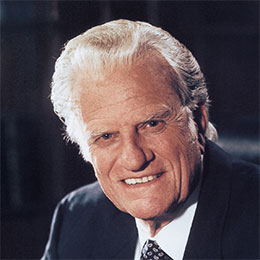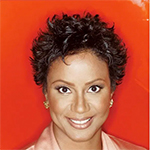Everything Parents Need to Know About Sleep Sacks for Babies
Published in Health Articles
As new parents navigate the world of baby gear, sleep sacks often come up as a must-have item. These wearable blankets have grown in popularity-and for good reason.
Designed to promote safer sleep and improve bedtime routines, sleep sacks can be a game-changer for babies and caregivers alike. Here’s everything you need to know about them.
What Is a Sleep Sack?
A sleep sack, also known as a wearable blanket, is a sleeveless zippered garment worn over your baby’s pajamas to keep them warm during sleep. Unlike traditional blankets, which pose a risk of suffocation or sudden infant death syndrome (SIDS), sleep sacks are considered a safer alternative endorsed by pediatricians and the American Academy of Pediatrics (AAP).
Why Use a Sleep Sack?
Sleep sacks are a safe and practical alternative to loose blankets in your baby’s crib. Here are some of its pros:
Safety
The number one reason parents opt for sleep sacks is safety. Loose bedding in cribs can be dangerous for infants, especially under 12 months. Sleep sacks eliminate this hazard while still keeping babies cozy.
Temperature Regulation
Babies can’t regulate their body temperature as well as adults. Sleep sacks are available in different materials and TOG ratings (Thermal Overall Grade), which indicate how warm they are. This allows parents to choose a sack appropriate for room temperature, reducing the risk of overheating.
Better Sleep Habits
Many babies find the snug but breathable fit of a sleep sack comforting. It mimics the sensation of being swaddled, which can lead to longer, more restful sleep.
Transition from Swaddling
Sleep sacks are especially helpful when transitioning out of swaddling. As babies grow and start rolling over, swaddling becomes unsafe. Sleep sacks offer a secure but non-restrictive alternative.
When to Start and Stop Using a Sleep Sack
Most parents start using a sleep sack once their baby outgrows swaddling-typically around 2 to 4 months old. However, there are swaddle-style sleep sacks with Velcro wings for newborns who still benefit from being snug.
Sleep sacks can be used well into toddlerhood. Many brands offer sizes up to 36 months or more. The key is making sure your child is comfortable and that the sack doesn’t restrict movement as they grow.
Choosing the Right Sleep Sack
When picking a sleep sack, start with the fabric. Cotton and bamboo are great for warm weather because they’re light and breathable. Fleece is better for colder nights.
Check the TOG rating, which shows how warm the sleep sack is. A lower TOG (like 0.5) is for hot weather, while a higher TOG (like 2.5) is for cooler temperatures.
Make sure the fit is right. It should be snug around your baby’s neck and arms but loose around the legs to allow movement.
Look for helpful features too. Some sleep sacks have two-way zippers for easy diaper changes, and others have foot openings for toddlers who like to walk around. Check out a reputable seller to learn more, such as a baby bamboo sleeping bag.
Invest in a Sleep Sack Today
Sleep sacks offer peace of mind for parents and comfort for babies. With safety, convenience, and sleep support all wrapped into one, they’re a simple yet smart addition to your baby’s bedtime routine.
As always, follow safe sleep guidelines: place your baby on their back, in a crib free of loose items, and ensure the room is a comfortable temperature. When used correctly, sleep sacks can help the whole family rest a little easier.
If you want to read more articles, visit our blog.























Comments